Wrangles Island is a part of Kamchatka area; this piece of land is located at the junction of the eastern and western hemispheres in the Arctic Ocean, between the East Siberian and Chukchi seas. Greenwich prime meridian, crossing the North Pole, becomes 180th. And this conventional line runs through the island, dividing it in half.
On an area of 7670 sq. km most of the land is occupied by mountains – about 4600 sq. km. The shores are low, and the sand bars go deep into the sea. The climate is harsh and cold. Winters are long, with winds and blizzards. The summer months are also cold and rainy, with an average July temperature of about 3 degrees.
Only in the center of the island, among the mountains, the air is drier and warmer. Locals call it Umkilir (the island of polar bears). For some reason, mother-bears chose those places for their “maternity hospitals”. In 1975, the Government of the USSR organized the Wrangel Island nature reserve, which included the land plot of the same name, and most of the water area, and the neighboring small island of Herald.
In terms of its natural conditions, it has no analogues in the Arctic. The animals of the Wrangel Island Reserve are mostly endemic (they live only in those places). There are absolutely no amphibians and reptiles in the protected area. The most popular fish are Arctic cod and capelin.
But over 60 species of birds nest there, of which 44 are seen regularly. Lemmings and polar bears are typical mammals. Let’s find out in more detail what animals live in the Wrangel Island reserve.
The White Bear
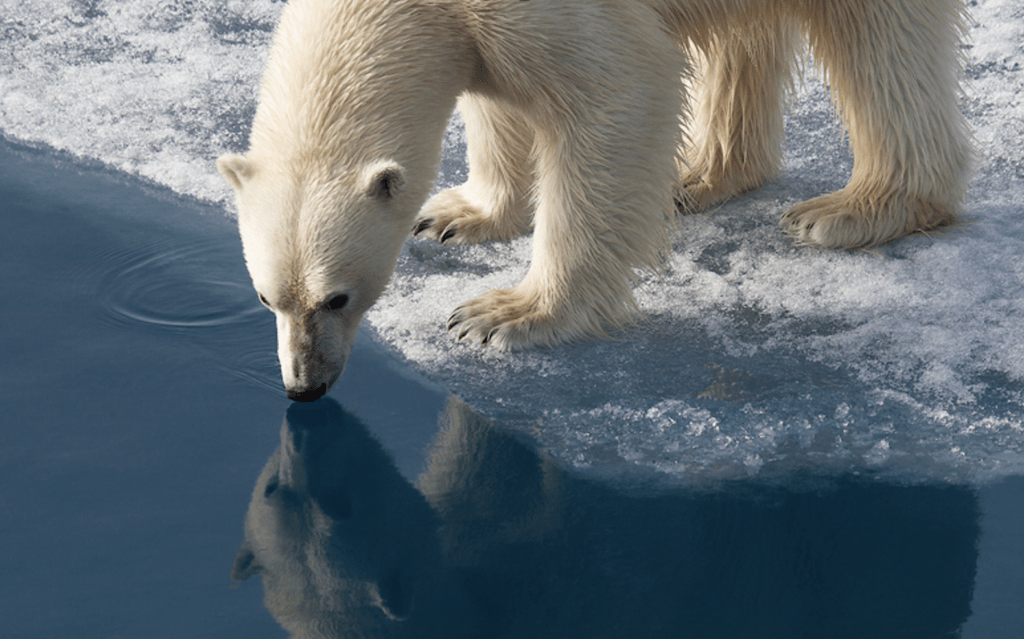
Polar bears are an eye-catching marine mammal and the largest bear species in the world. They weigh up to 600 kg and can reach about 3 meters in length. They are excellent swimmers and can swim at speeds in excess of nine kilometers per hour while paddling with their forepaws. The total population in the wild is only about 26,000 individuals.
Polar bears are the highest order predators in marine ecosystems, maintaining population balance among prey species. A polar bear spends about half of its life hunting, foraging for food. A polar bear hunt is rarely successful; some experts believe that the success rate is only 2%. The main prey for polar bears consists of seals – ringed seals and bearded seals, although bears also eat carrion and are content with small mammals, birds, eggs and vegetation.
Grey whale
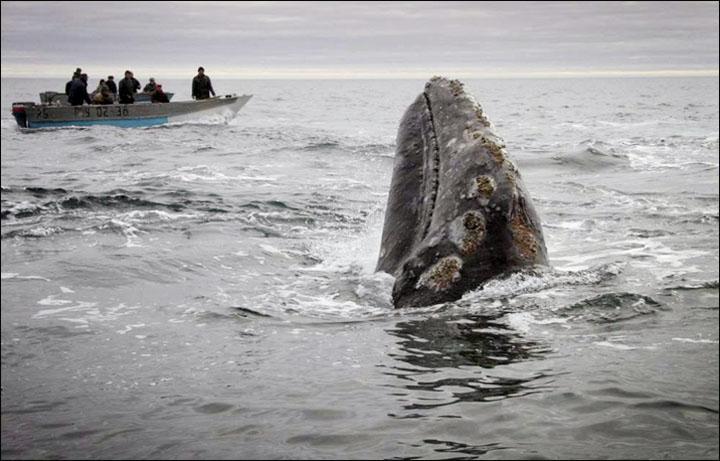
The most numerous representative of giant marine animals. Quite often it keeps close to the coast, breeding in shallow bays. Length up to 15 m, and females are slightly larger. Large head with large mouth. The mouth slit divides the head into almost two equal halves. The color is brownish-gray, with a tinge of rust, the color of rocks or bottom soil. It swims into the reserved area of Wrangel island to gain weight before winter. During the cold period they move to the Gulf of California to hibernate and breed.
Walrus
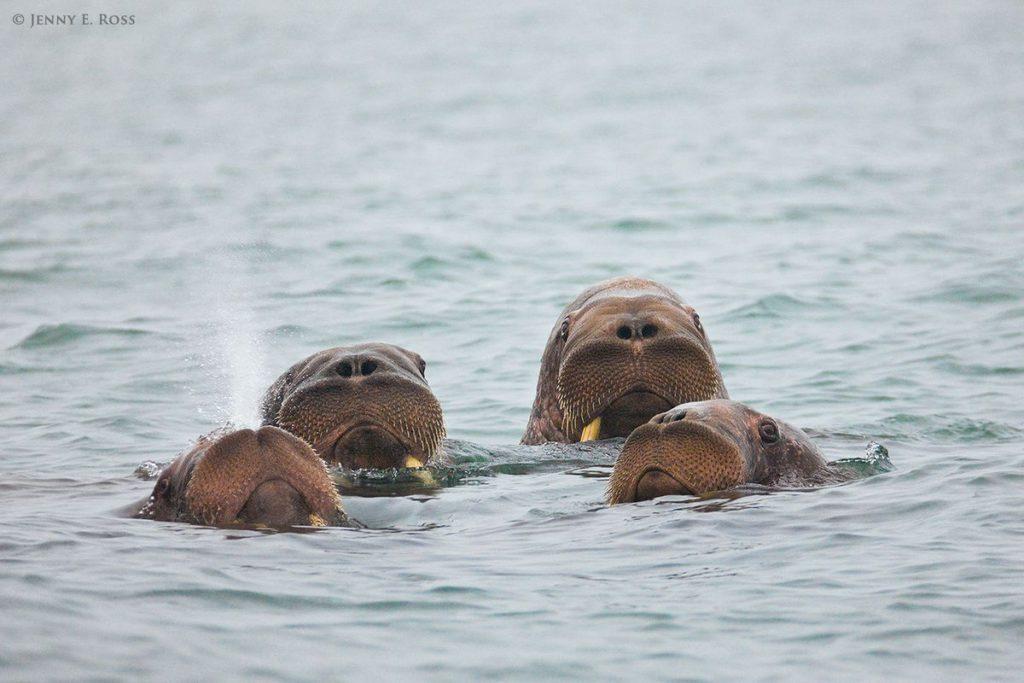
Very interesting and valuable sea animals. The most notable feature is the large tusks. Its weight can reach 2 tons, but the average value ranges from 800 to 1200 kg. Females weigh lot less – up to 600-700 kg.
Walruses have very thick skin, up to 10 cm, covered in youth with yellow-brown short hairs. By old age, they fall out, and the animal gradually “goes bald”. On a wide muzzle, numerous mustache bristles (vibrissae) grow. The eyes are small, but there are no auricles.
The Wrangel island is inhabited by Pacific Ocean representatives, for whom a stretch of water is the most important form of summer walking. In certain months – from July to September (or mid-October), most of the females and juveniles of the entire population accumulate there.
They keep close to the ice edge, crawl out to rest on the ice floes. If the ice recedes, walruses come closer to the shore and form rookeries on land. At such moments, you can count about 80 thousand animals, excluding those swimming in the sea. During winter period they move in the Bering Sea. Thanks to its formidable tusks, it can withstand even a polar bear.
Humpback whale
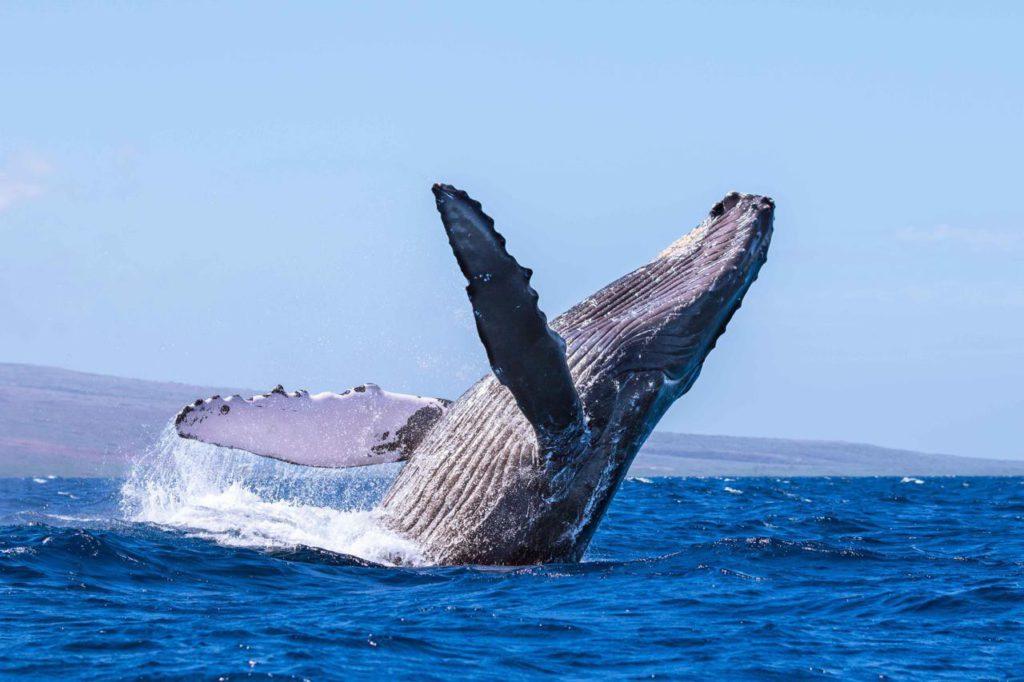
Quite large animal, up to 14.5 m in length and up to 30 tons in weight. It got its name because of the peculiarities of arching the back when swimming, as well as because of the thick dorsal fin resembling a hump. The giant is sometimes called the long-armed minke, as its pectoral fins are of outstanding length – up to 34% of the size of the whole body.
A humpback whale’s fountain reaches up to 3 m and has the shape of a funnel widened upwards. The speed of the whale develops up to 27 km / h in extreme situations. It feeds on crustaceans, fish, molluscs and cephalopods. The hunting technique is interesting.
With their mouths open, they swim in the middle of the flock, gathering food with water. Then the mouth is closed, and the water is filtered through a special apparatus. Sometimes they have to create a water curtain in order to drive the joint into the desired space. They fluff up the water with their fins, creating a bubble barrier.
Seal
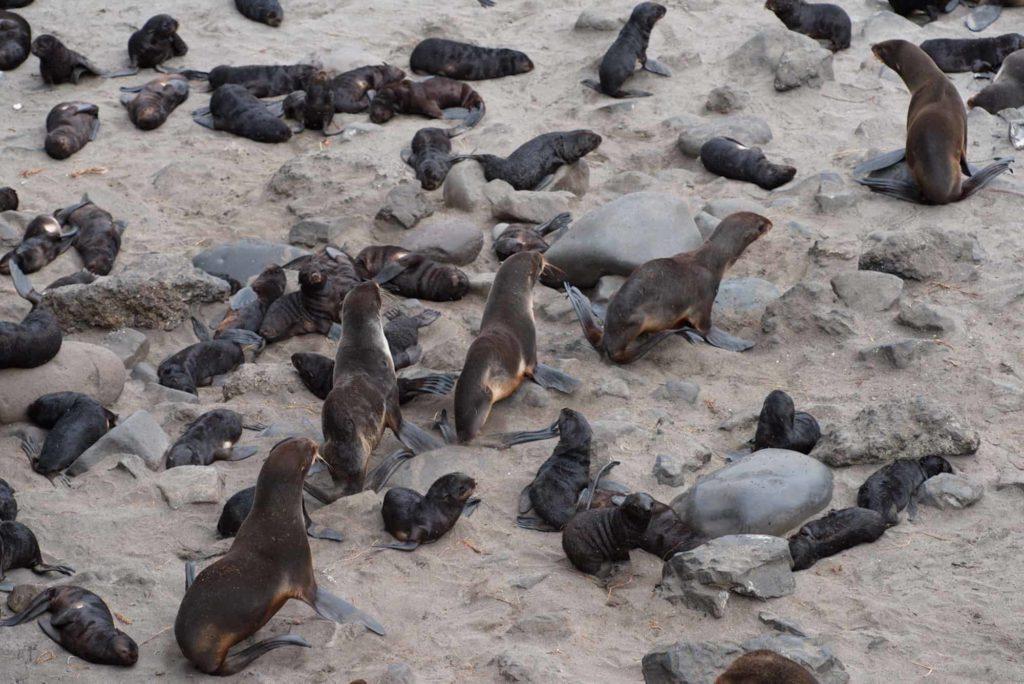
The ringed seal or ringed seal (akiba) lives in the area of Wrangel Island. They called it that by the pattern on the wool, in the form of light spots-rings with dark edges. Weighs up to 70 kg, grows up to 1.5 m in length. They have good eyesight, excellent hearing and excellent sense of smell. They usually lead an isolated lifestyle. Only occasionally can they be seen in small groups. Only this type of seal builds nests in snowdrifts for their young. In the fall, they do not migrate south, but make holes in the ice to breathe. But near such holes a polar bear is often waiting for them. Therefore, the seal pops up only for 45 seconds – to draw air for another 10-20 minutes of swimming under the ice.






